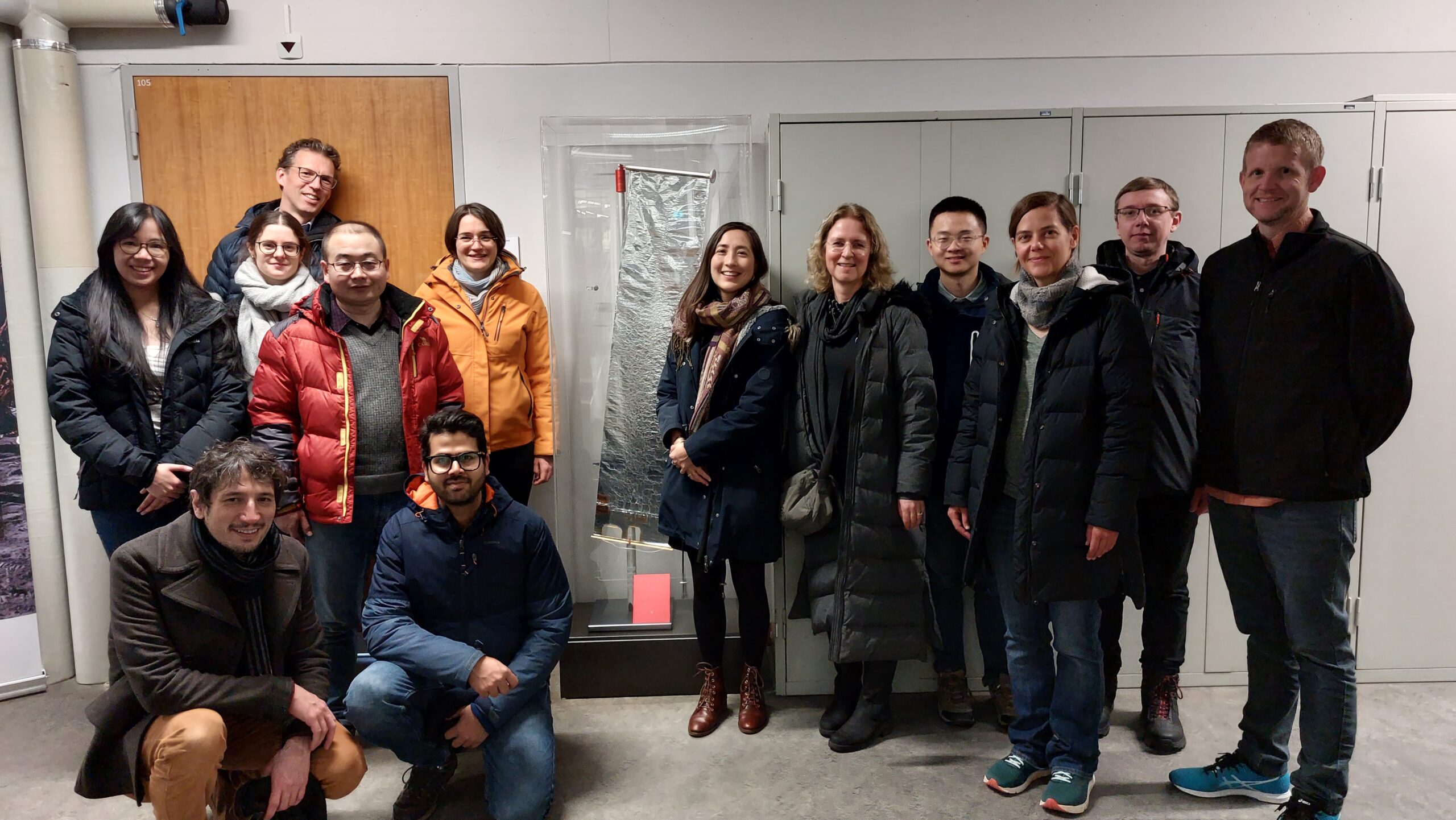The evolution of active regions on the Sun is still an open issue. The proposed ISSI team aims to understand the evolution of an active region using coordinated observations from new-generation solar satellites, ground-based telescopes, and simulations. The ISSI team will focus on three key scientific questions:
- how does the coupling between the corona and underlying solar atmosphere evolve in active regions over different time scales?
- how do small-scale features in the solar atmosphere affect the active region’s evolution?
- what mechanisms drive the plasma upflows at the border of the active region?
To address these questions, we will use coordinated observations obtained with satellite observatories: Solar Orbiter, Interface Region Imaging Spectrograph (IRIS), Hinode, Solar Dynamics Observatory (SDO), a ground-based telescope: Daniel K. Inouye Solar Telescope (DKIST), and advanced numerical simulations. These satellite observatories and DKIST successfully obtained coordinated observations of two active regions during two campaigns in October 2022 and October 2023. These coordinated observations with unprecedented spatial and temporal resolutions and a stereoscopic view are game changers in understanding the physical processes in active regions and atmospheric couplings.
The proposed ISSI team members have outstanding experiences in active regions studies involving data analysis and numerical simulations. The unique observational data physical interpretations supported by simulations, and a group of experts guarantee that the proposed project will significantly improve the understanding of the processes in an active region. The team will also provide guidance for further high-resolution multi-spacecraft and ground-based coordinated observations.

